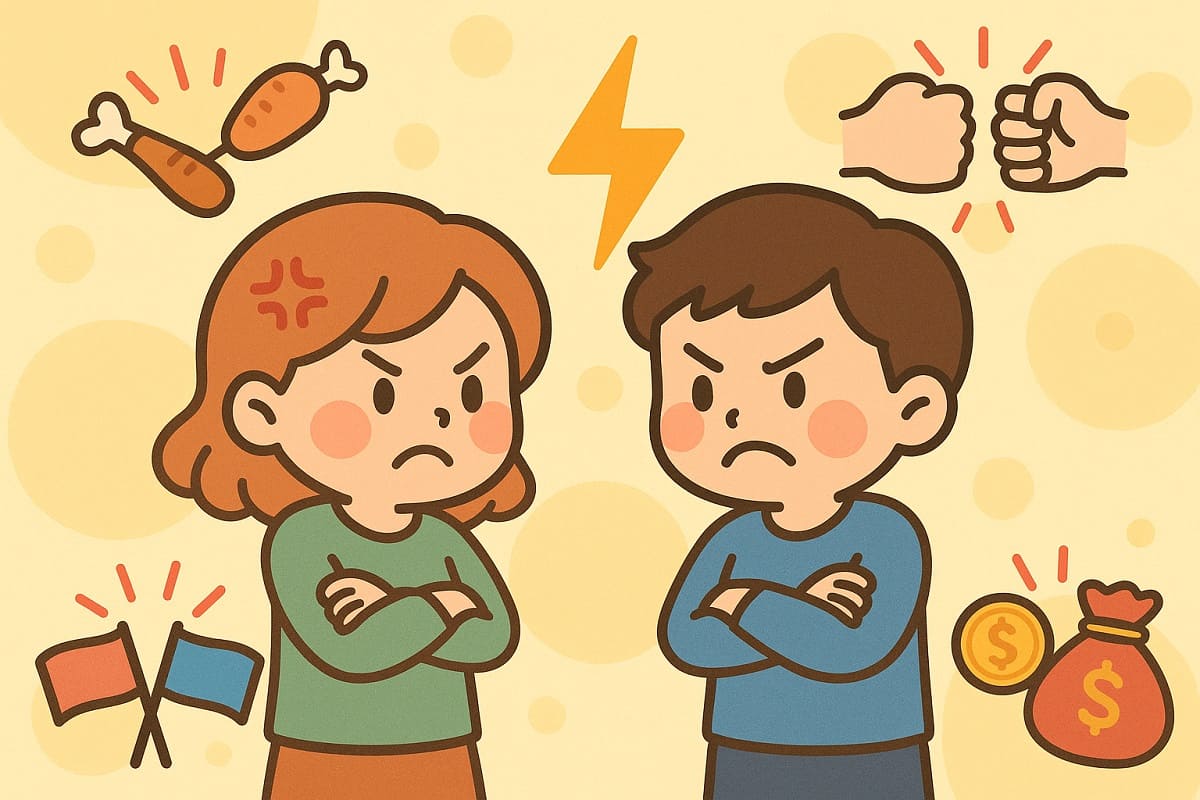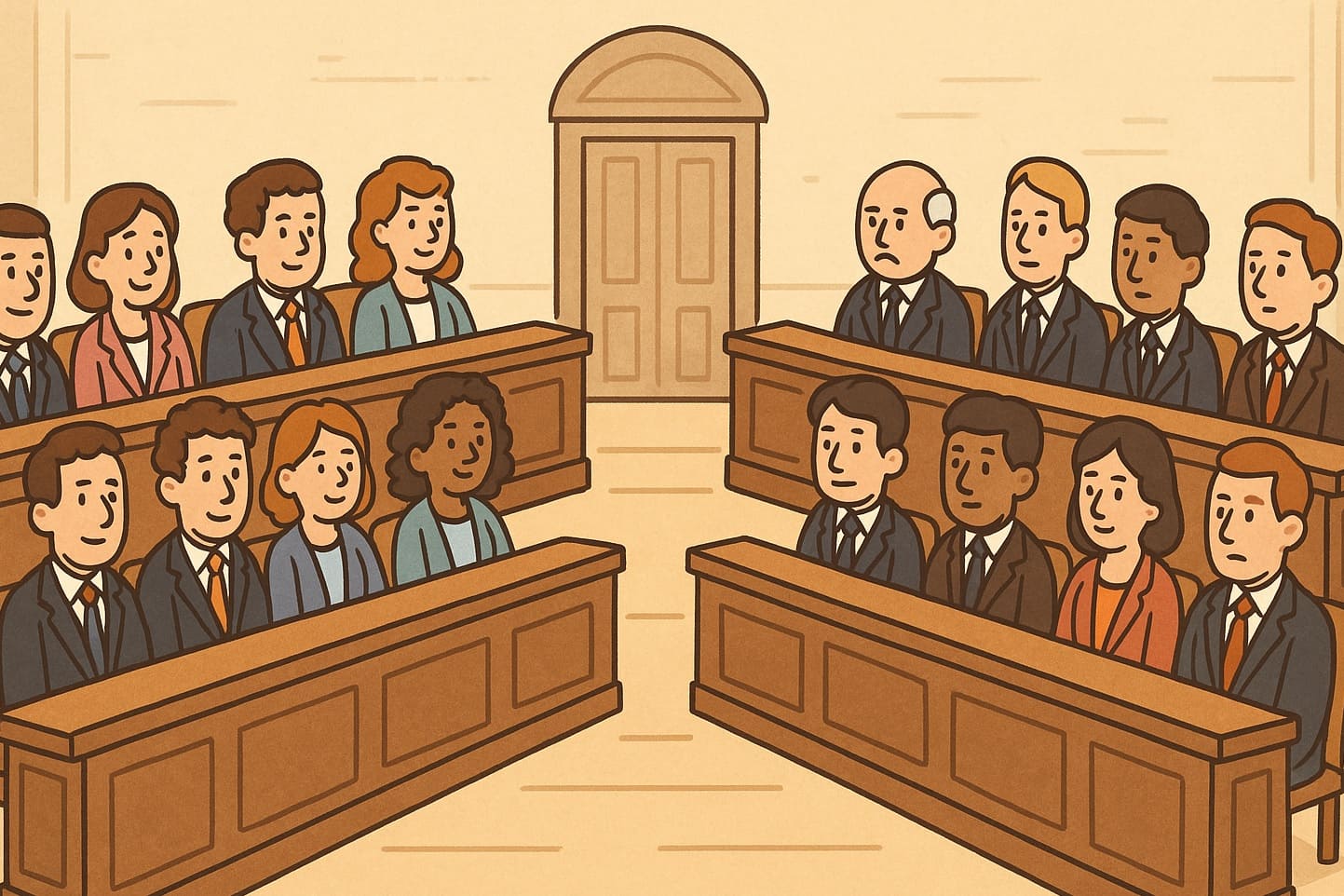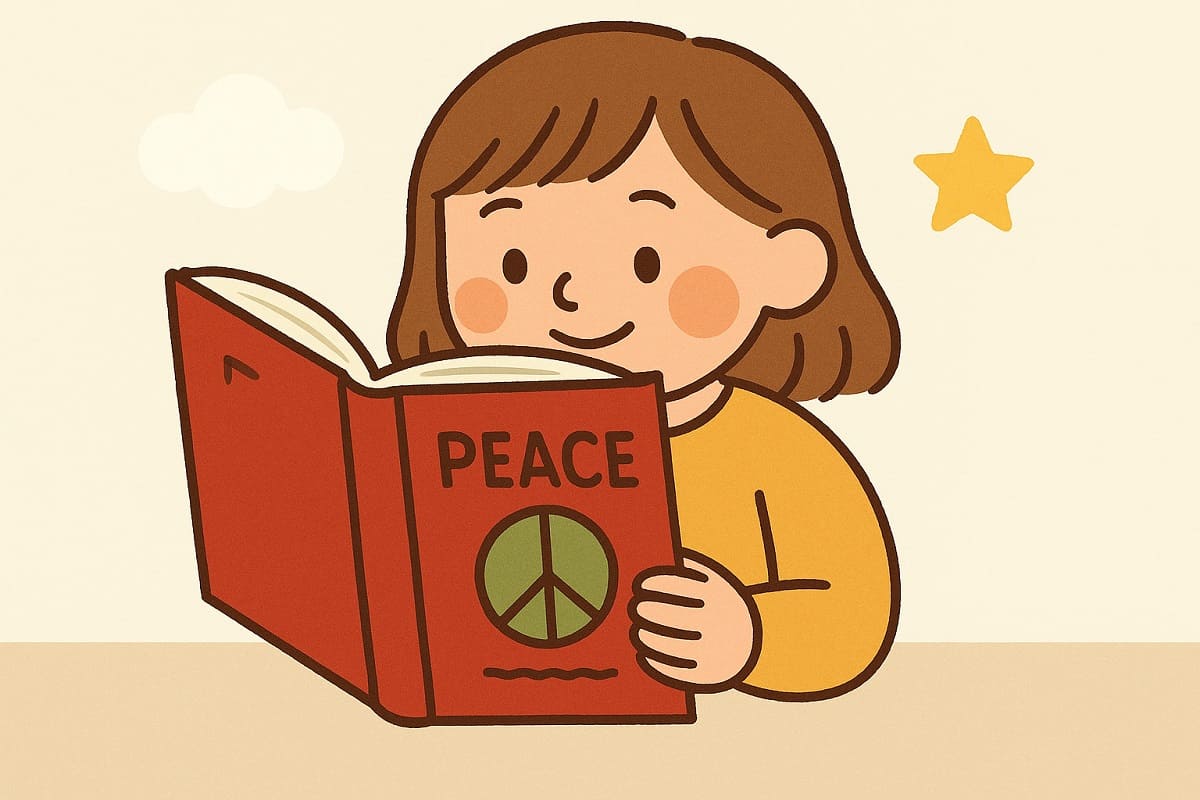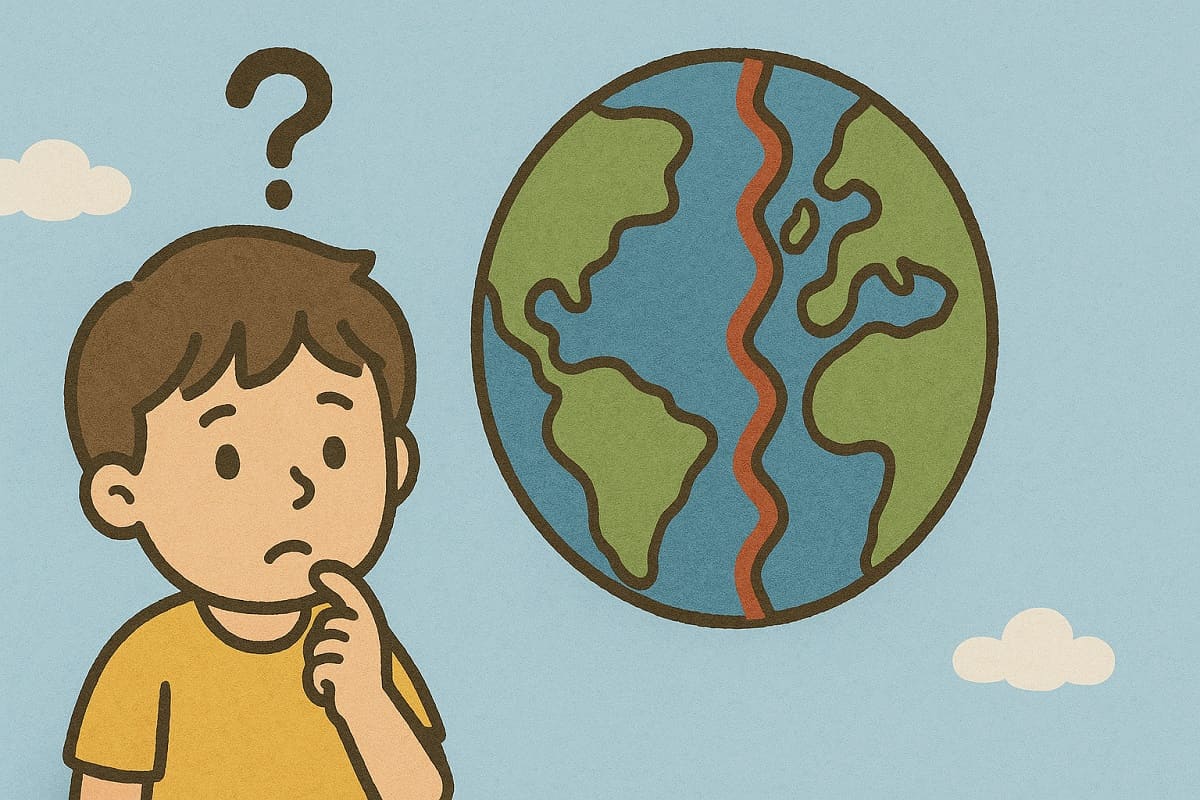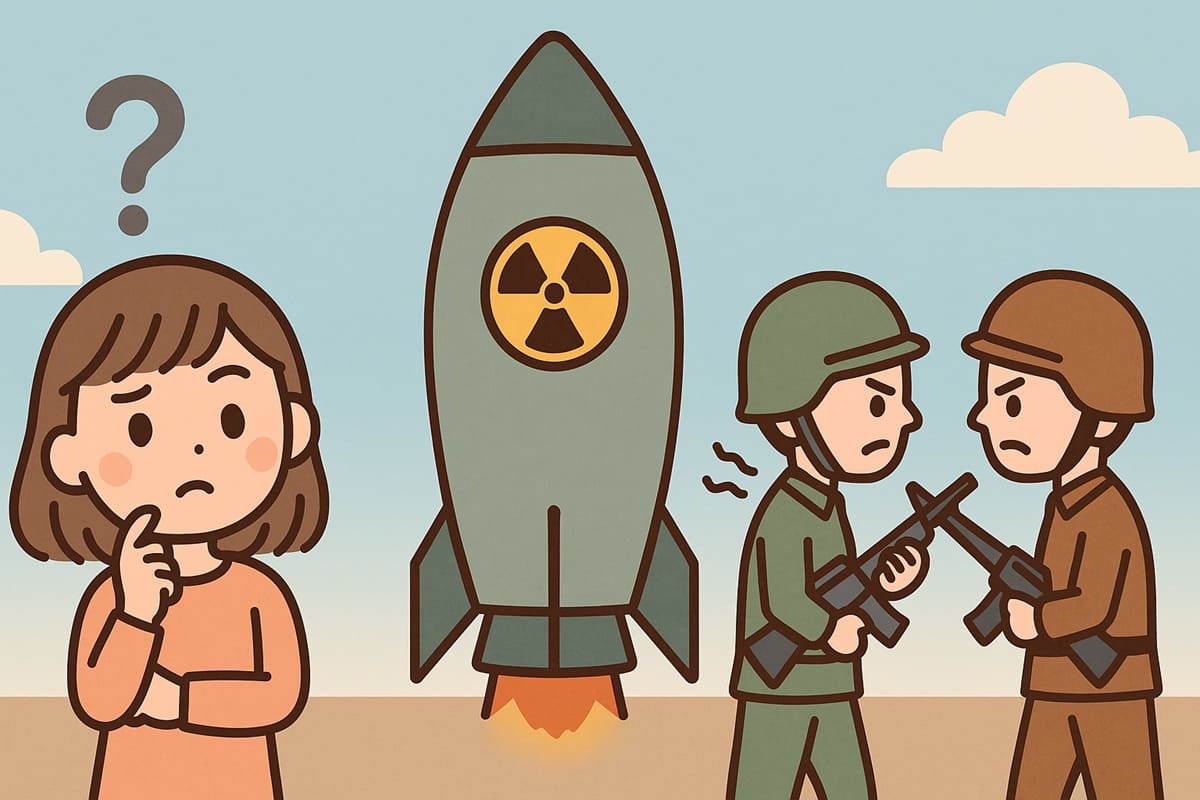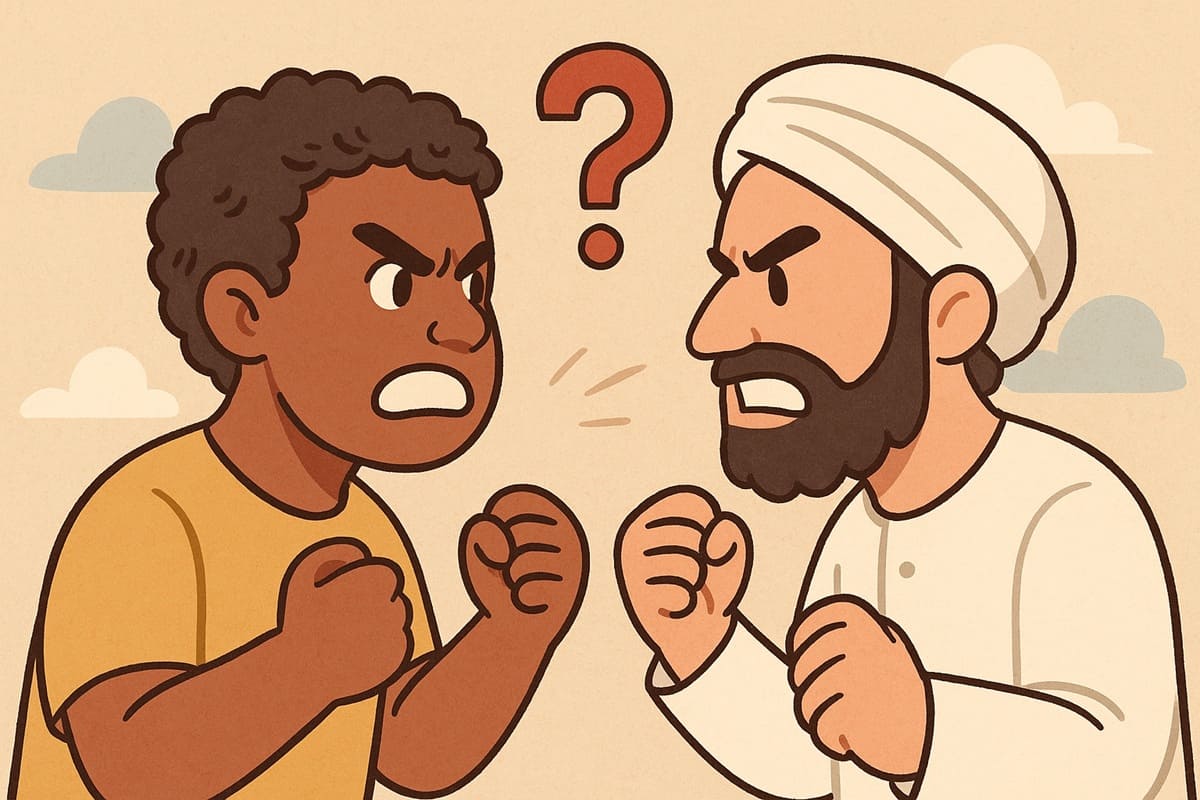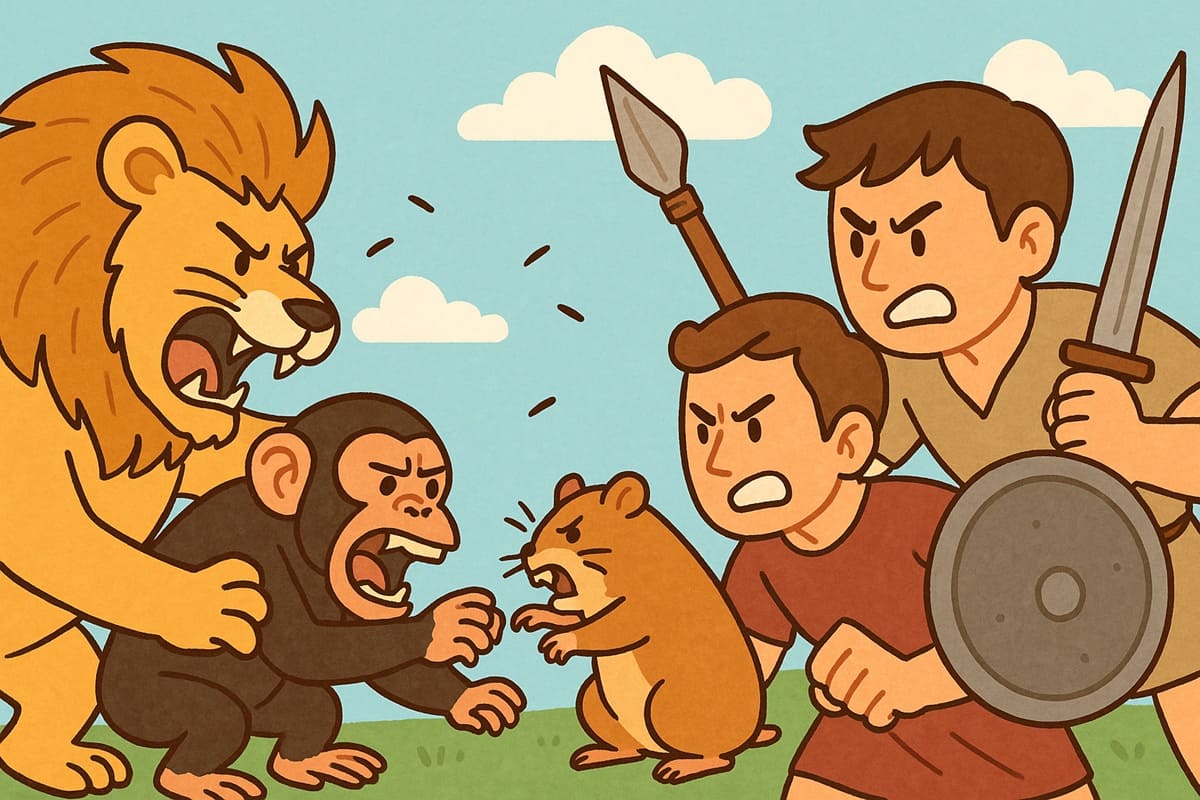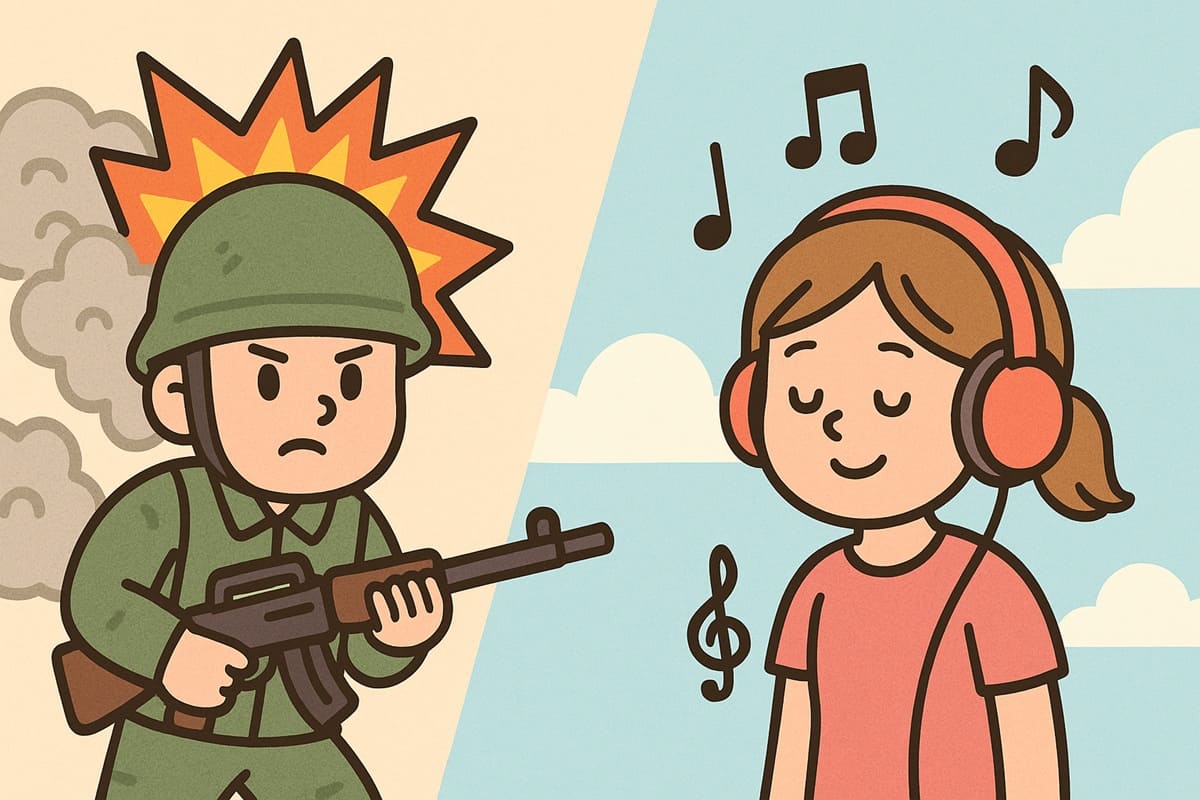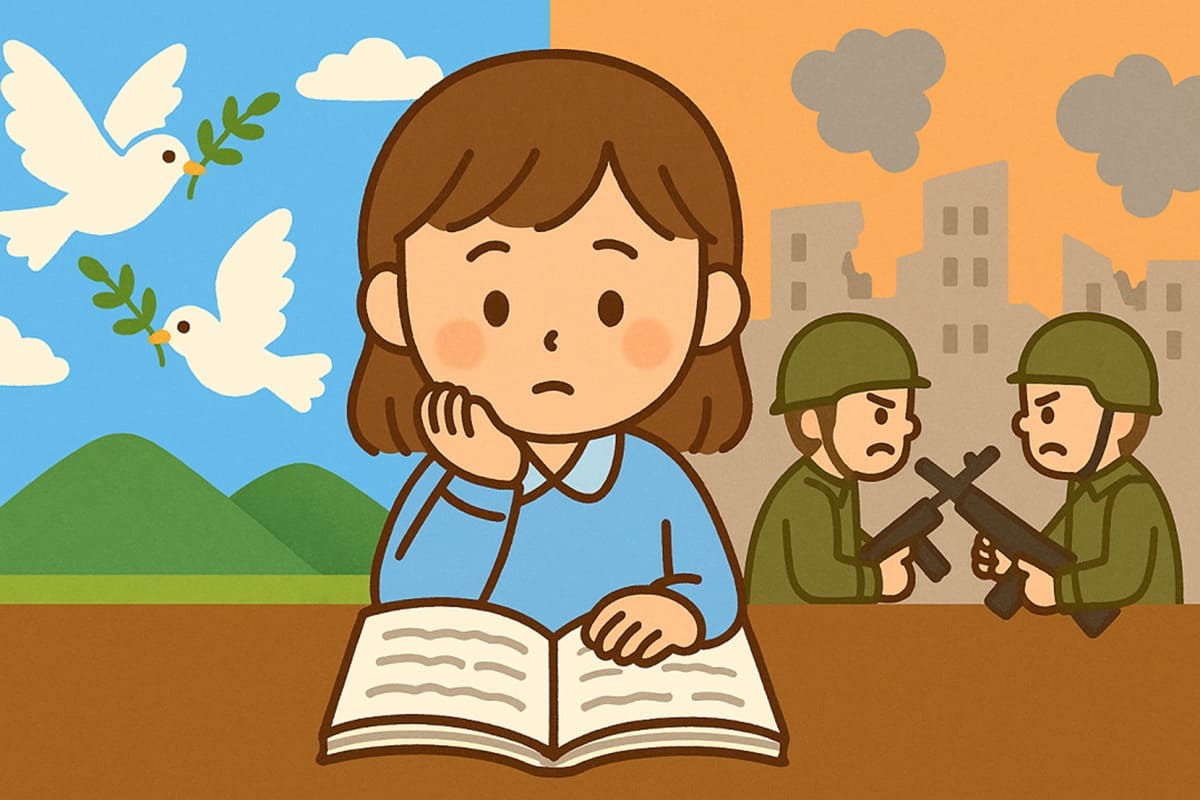Why Do People Fight? The Struggle Over Limited Natural Resources
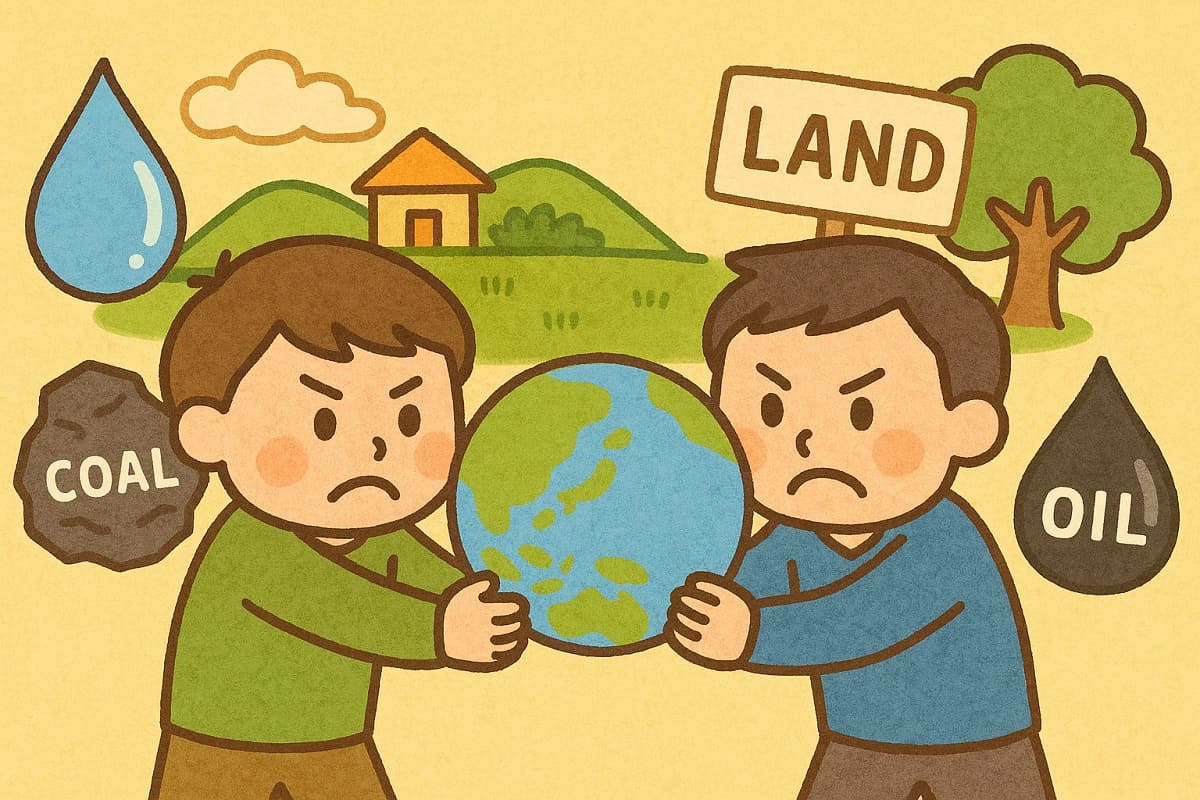
When we hear the words “war” or “conflict,” many of us might first think of religious or ethnic differences, or political disagreements. But in reality, around the world, many conflicts arise over narural resources—things that are deeply tied to our daily lives.
Natural resources include things like water, oil, land, and minerals—essentials for both daily life and industry. Because these resources are limited, conflicts over their control can emerge. In this post, we’ll explain how “struggles over natural resources” have caused conflicts throughout history.
What Kind of Natural Resources Have People Fought Over?
Looking back on human history, we find that various resources have led to conflict. Here are some major examples:
Water
Water is essential for human survival. But nearly all the water on Earth is seawater, and the freshwater used for farming and drinking makes up only about 2.5% of the total.
Freshwater is often shared by multiple countries. For example, the Indus River, used by both India and Pakistan, has long been a source of dispute. Today, the Indus Waters Treaty helps prevent conflict by establishing rules on how to share the water.
Oil & Natural Gas
Oil is a vital energy resource used to power cars, factories, and airplanes. In the Middle East—where oil is abundant—wars have broken out repeatedly with oil as one of the key motives.
For instance, in 1990, Iraq invaded Kuwait in the Gulf War, in part because of Kuwait’s rich oil reserves. Similarly, the Iran-Iraq War (1980–1988) was also rooted in territorial disputes over oil-rich lands.
Metals & Minerals (e.g., Diamonds and Coltan)
Coltan—a mineral used in smartphones and computers—and diamonds, known for their beauty, have also fueled conflict. In Sierra Leone and the Democratic Republic of the Congo, armed groups have illegally sold these resources to fund weapons. Such resources are known as conflict minerals.
Land & Farmland
Fertile farmland and areas with access to water often become sources of intense conflict. In Darfur, a region in Sudan, fighting broke out between farmers and nomads over land and water, escalating into a civil war. Climate change and desertification have worsened the situation by reducing available land.
Real-World Conflicts Over Natural Resources
Here are some examples of wars and conflicts that were caused by resource disputes:
- Gulf War (1990–1991)
Iraq invaded Kuwait, partly because Kuwait possessed vast oil reserves. - Sudanese Civil War (1983–2005)
The discovery of oil in southern Sudan intensified the North-South conflict. Although South Sudan has since become independent, disputes over how to share the oil still continue. - Darfur Conflict (2003–present)
In western Sudan, drought and desertification reduced usable land and water, sparking conflict between farmers and herders. Climate change played a role, and the situation escalated into a humanitarian crisis. - Conflict in the Democratic Republic of the Congo
Armed groups have fought over coltan-rich mines. They use profits from selling minerals to buy weapons, perpetuating the violence. - Chaco War (1932–1935)
Bolivia and Paraguay went to war over the Chaco region in South America, believed to contain oil.
What is the World Doing to Prevent These Conflicts?
So what efforts are being made globally to prevent resource-based conflicts?
Establishing Water Agreements
Like the Indus Waters Treaty, many agreements have been signed between countries that share rivers. These treaties help prevent war by deciding how to divide the water fairly. Many conflicts have been resolved through dialogue rather than force.
Regulating Trade in Conflict Minerals
To prevent resources like diamonds from funding wars, systems have been developed to verify where a resource was sourced. The Kimberley Process is one such international framework, aiming to block conflict diamonds from entering the global market.
There are also laws in the U.S. and Europe that require companies to check where the metals used in products like smartphones come from, and to ensure they are not funding violence.
Mediation by International Organizations
International bodies like the United Nations and the World Bank often help mediate resource disputes and support treaty-making. In fact, the Indus Waters Treaty was facilitated by the World Bank.
Conclusion
When people try to protect what’s important to them, it can often lead to clashes with others. Water, oil, land, minerals—these limited resources will likely continue to spark disputes in the future.
But each time, if we choose to talk and share, there is always a way to avoid violence. Thinking together—beyond national and ethnic boundaries—about how to manage and use resources may be the first step toward lasting peace.
Main References
- Petersen-Perlman, J., Veilleux, J. C., & Wolf, A. T. (2017). International water conflict and cooperation: challenges and opportunities. Water International, 42(2), 105–120.
- U.S. Institute of Peace. (2004). Minerals and conflict. Washington, D.C.: USIP.
- United Nations Peacekeeping. (n.d.). Conflict and natural resources. United Nations.
- Carnegie Endowment for International Peace. (2012). Sudan: From conflict to conflict. Carnegie Endowment.
- Global Witness et al. (2008). Coltan, cell phones, and conflict: The war economy of the DRC. New Security Beat.
